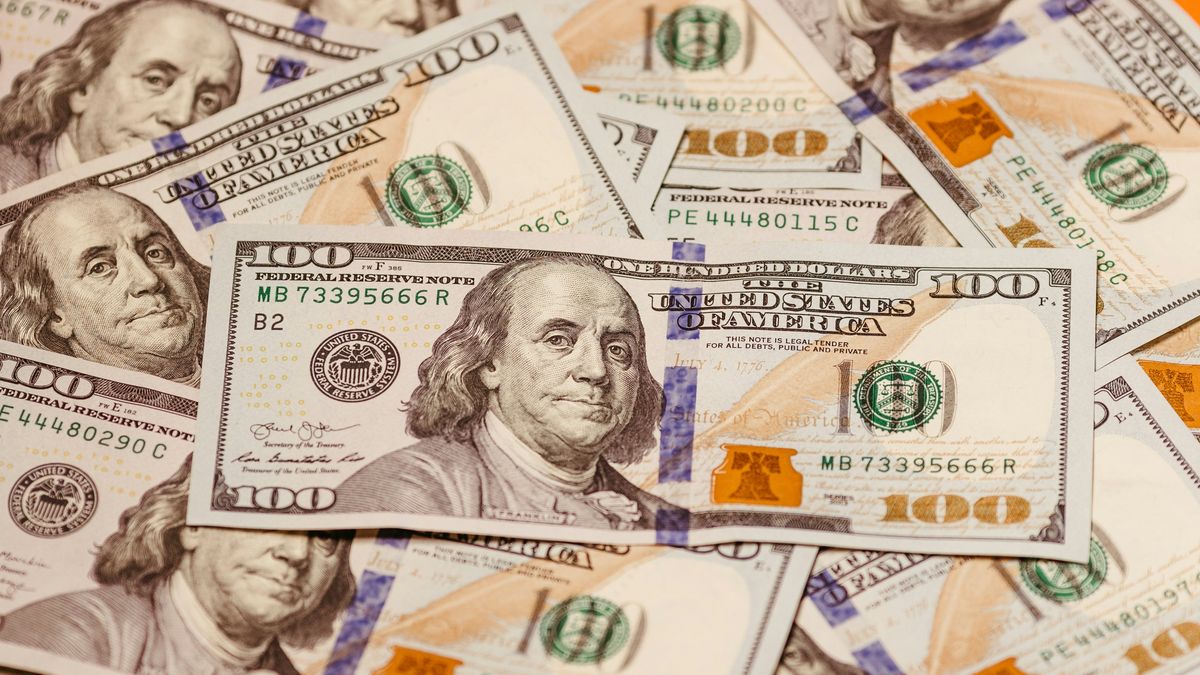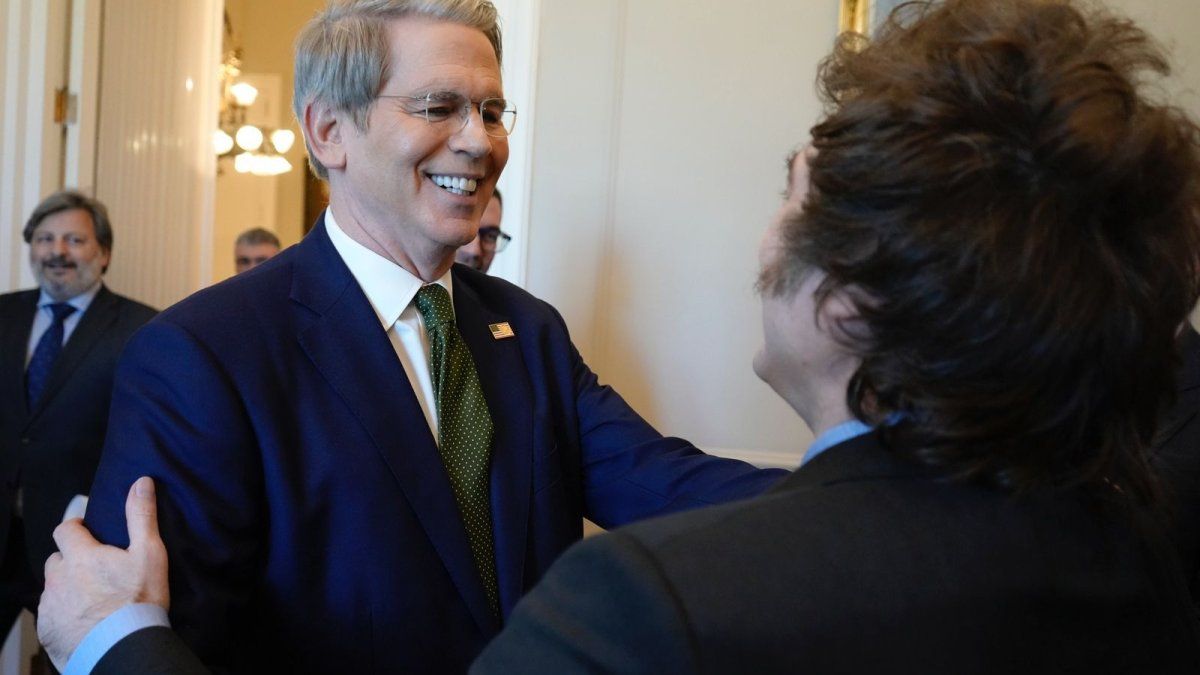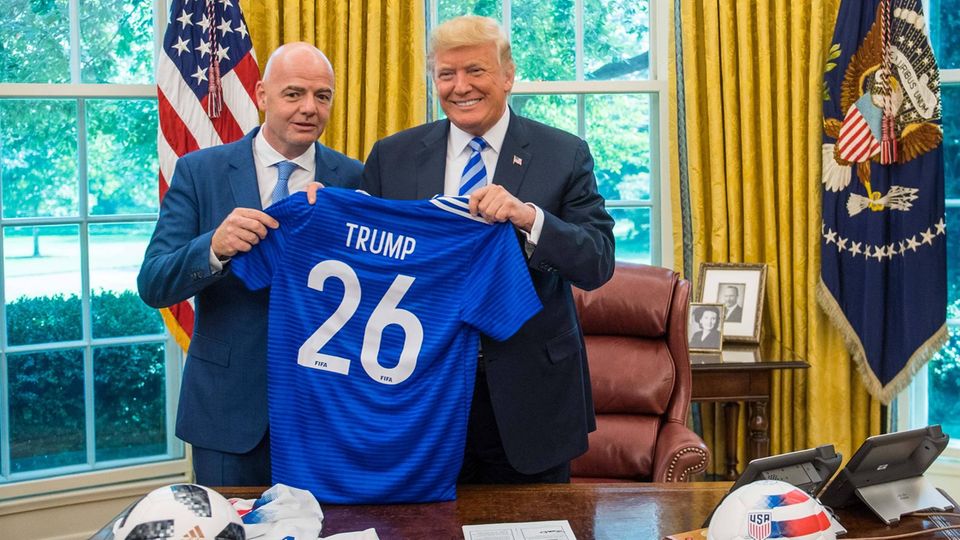He and in Japanese stabilized on Tuesday and the dollar rose against most currencies as some of the more eye-catching moves of the past few days reversed somewhat and a hint of calm returned to the markets.
He dollar traded at 144.33 yen, up just 0.02 percent on the day, marking the first day it has traded higher against the Japanese currency this month, but is still down more than 8 yen in the past week.
The reassessment also occurred in the stock markets: Japan’s benchmark Nikkei index gained 10% on Tuesday after a 12% drop the day before, while stocks in Europe were also trying to recover.
“Our view is that the markets got a little ahead of themselves and this morning they realised that, and that’s why we’ve seen the dollar rally and dollar/yen pull back,” said Nick Rees, currency analyst at Monex Europe.
The aftermath of a black Monday
The yen’s recent gains were driven by a surge in volatility that caused investors to abandon once-popular carry trades, which was reinforced by the rise in interest rates by the Bank of Japan on Friday.
That, combined with employment data from USA Weaker-than-expected stocks also on Friday and disappointing earnings from major tech companies sparked a global sell-off in stocks, further reinforcing the carry divestment.
The Swiss franc weakened on Tuesday and the dollar rose 0.25% to 0.8541 francs. Like the yen, the franc is a preferred funding currency for trading operations. carry tradeIt has strengthened sharply since mid-July, when those trades were unwound, and gains were bolstered by flows into safe-haven assets on Monday.
He dollar also regained ground against the euro: The common currency fell 0.03% to $1.0927, having hit a seven-month high of $1.1009 during Monday’s turmoil. “The dollar did not act as a safe haven currency on Monday, and you can’t invest everything in the franc or the yen, and the next currency on that list is usually the euro,” Rees said.
Instead, the pound sterling remained at $1.2689 as the rate cut from the Bank of England Last week it undermined one of the pillars of its strength at the beginning of the year.
Expectations for the Fed
The movements of the currency market are also supported by traders’ attempts to calculate the price of the currency policy. United States Federal Reserve (Fed) in upcoming meetings.
Traders now expect a 110 basis point (bp) easing from the Fed this year, which gives a roughly 70% chance of a 50bp cut in September. Traders had fully priced in a 50bp cut on Monday.
U.S. central bank officials on Monday rejected the idea that weaker-than-expected July jobs data means the economy is in free fall into recession, but also warned the Fed will need to cut rates to avoid such an outcome.
Source: Ambito




